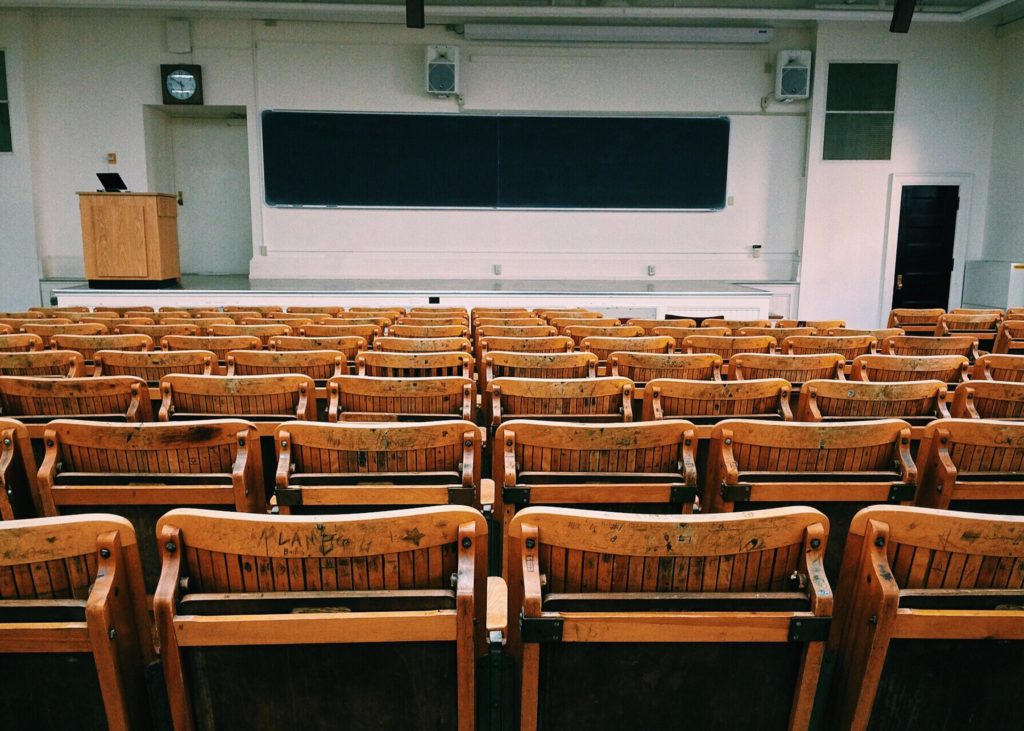Communities around the country are coming to grips with the issues surrounding race and civil unrest and its impact on our institutions, including schools.

It has also opened discussions about how police, acting as school resource officers, interact with students and administrators and why this form of community policing requires careful design and implementation.
Since the death of George Floyd at the hands of police in Minneapolis, MN, several school districts, including Minneapolis itself, Portland, OR, and Rochester, NY have ended their relationships with police assigned to their schools. Other school districts are reportedly considering the same.
But rather than make snap decisions that could place students and staff at future risk, schools and police should collaborate to establish best practices for campus policing. This includes selecting the right officer for a school setting, training both police and administrators on how policing is handled in a school environment, defining the roles of when police as opposed to administrators step in to handle discipline, and jointly evaluating the officer.
All these issues should be documented by both parties, ideally in a memorandum of understanding. Roles of both police and administrators must be sharply defined to avoid problems such as questionable confrontations and arrests.
With rules in place and responsibilities defined, school resource officers can play an important role in campus safety and security. When positive relationships develop, students may feel more comfortable sharing threats, bullying, and other forms of victimization both at school and at home. Positive police presence in schools can help pave the way for expanded community-based policing programs, thereby building better relationships in all our communities.
